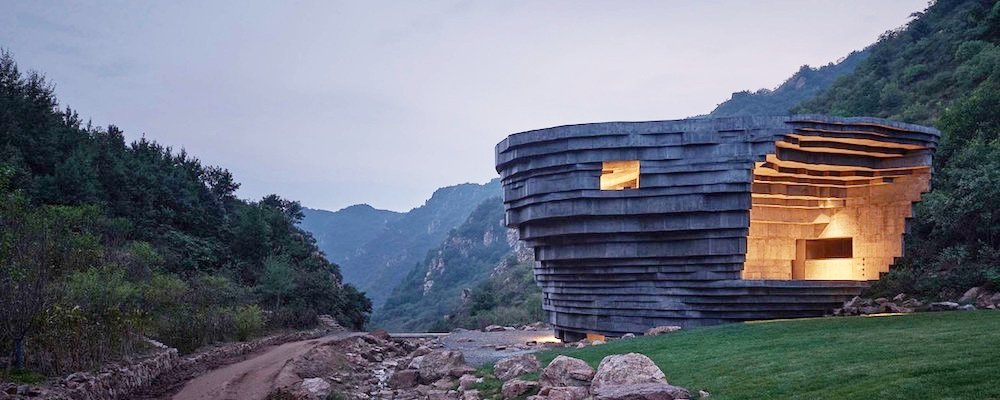The Xing Kiln Museum
In the Northen Chinese county of Neiqiu, the Xing Kiln Museum pays tribute to an ancestral craft developed as refined art: white porcelain.
The white wares launched the country’s reputation as a center of porcelain. As hard, dense, and durable as their southern green counterparts, but more immediately appealing due to their sparkling, glossy, clean-looking material, white wares became the envy and aspiration of potters worldwide. Porcelain clays are naturally available in north China, and some rare examples of white wares—made of a pure, white clay, unglazed, but fired at temperatures just high enough to qualify as stonewares—have been discovered at sites of the late Shang dynasty (circa 1600–circa 1050 BCE) at Anyang in Henan province.
In 2012, the local government acknowledged this prestigious legacy by opening the Xing Kiln Ruins and decided to build a museum.
YCA was commissioned to work on the project and their first mission was to separate the site from a busy environment.
The top of the building acts like an open gallery that surrounds a pool elevated from the ground. Seven pieces of rustic porcelain are floating above the water; below the pool is a continuous space containing the entrance and main exhibition hall; symmetrical but plausible wide steps connect the ring gallery, pool and square on the north side.
The seven bowl-shaped structures offer a picturesque feature in the summer with the ripples of light reflected from the clear water at the bottom of the curved outer wall but also in the winter when the scenery is turning white of frost.
Porcelain showrooms and corresponding ancillary facilities vary in size. In order to bring them together as a whole, circle-packing algorithm is used in the design as geometric control diagrams.
Xing Porcelain originated in Sui dynasty, and flourished in Tang dynasty. The Great Tang Empire’s vigour and the simplicity of the square and the circle must be related somehow. How to use square and circle in contemporary times? This is our thinking and answer.
Photographs by He Chen.






















